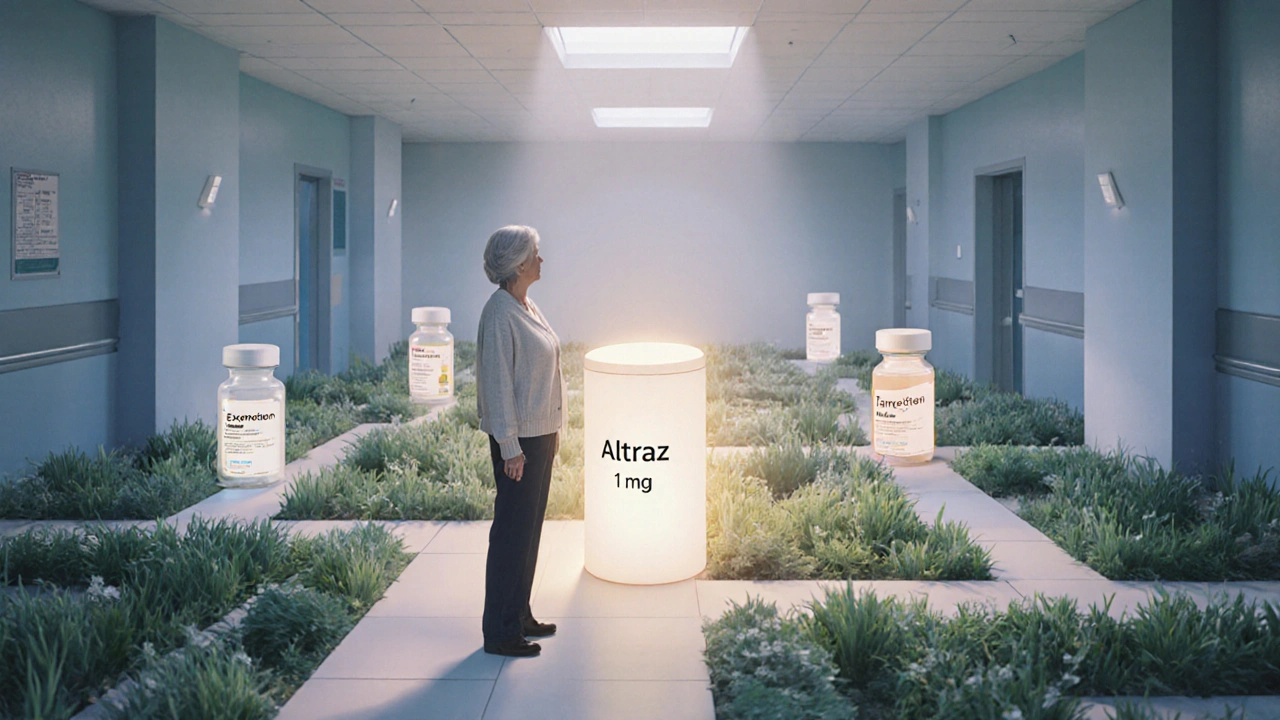Breast Cancer Treatment: Options, Side Effects & Latest Insights
When navigating breast cancer treatment, the collection of medical strategies aimed at removing or controlling malignant cells in the breast and nearby tissues. Also known as BC treatment, it typically blends several approaches to boost cure rates. This multi‑modal plan often breast cancer treatment includes surgery, systemic drugs, and radiation, each targeting the disease from a different angle.
Key Treatment Modalities
One core pillar is chemotherapy, a systemic therapy that circulates through the bloodstream to kill rapidly dividing cells. Chemotherapy requires careful dosing schedules and monitoring for side effects like fatigue and nausea. Another essential component is hormone therapy, which blocks estrogen or progesterone signals that many breast cancers depend on. Hormone therapy often runs for five years or more, offering a low‑toxicity alternative for hormone‑receptor‑positive tumors. Targeted therapy focuses on specific molecular pathways—such as HER2 or PI3K—allowing doctors to attack cancer cells while sparing healthy tissue. Finally, participation in clinical trials gives patients access to cutting‑edge drugs and combinations before they hit the market, expanding the pool of evidence‑based options. Together, these modalities form a network where surgery removes the primary tumor, radiation eradicates residual cells, and systemic therapies prevent spread.
Below you’ll find a curated list of articles that break down the most common drugs, explain how to manage side effects, and offer practical tips for navigating insurance and pharmacy choices. Whether you’re starting a new regimen, coping with treatment‑related fatigue, or planning long‑term survivorship care, the posts ahead give you clear, actionable information to support every step of your journey.

Altraz (Anastrozole) vs. Other Aromatase Inhibitors: Full Comparison
A detailed comparison of Altraz (anastrozole) with letrozole, exemestane, and tamoxifen, covering efficacy, side effects, costs, and how to choose the right breast cancer hormone therapy.